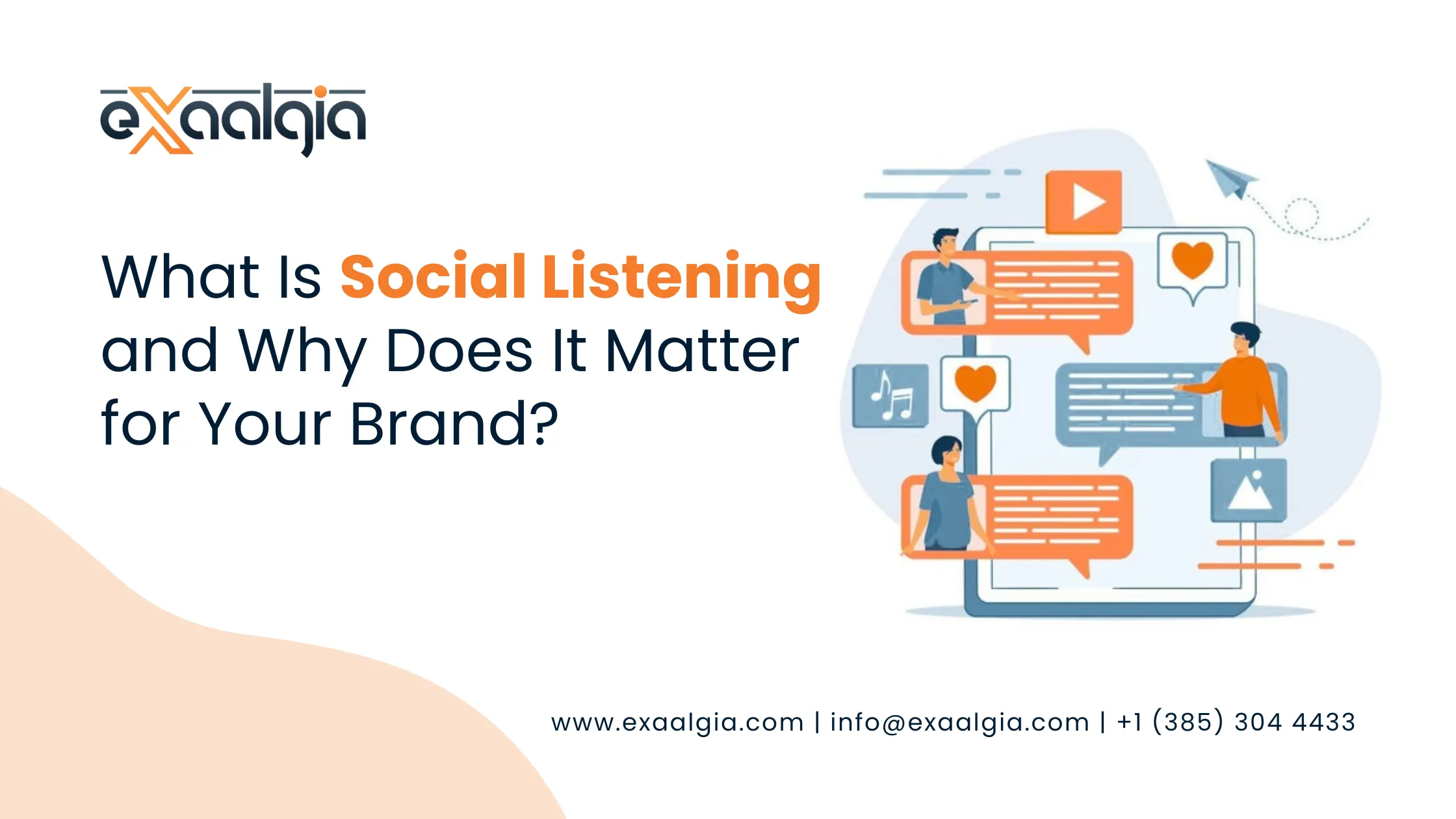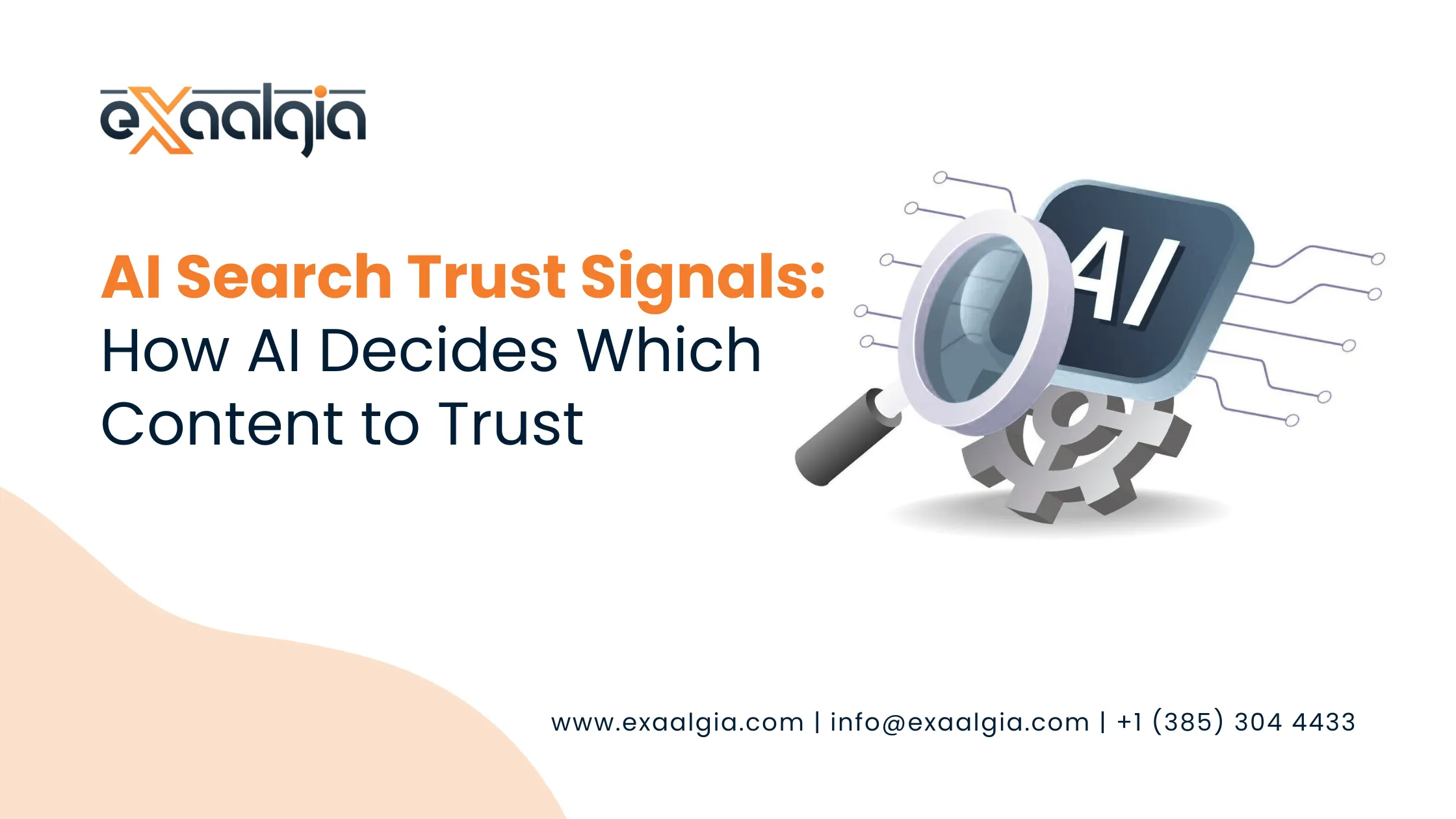GEO uses AI-powered tools to create, scale, and customize content with unprecedented velocity. The comparison between GEO and conventional SEO content creation is not technology vs. human touch—it’s efficiency, flexibility, and the future of search.
This blog provides an in-depth and serious contrast between GEO vs. traditional SEO content creation, supported by real-world examples. Our objective is to enable businesses, marketers, and content strategists to know which model is more appropriate for their needs in a fast-evolving digital environment.
Understanding Traditional SEO Content Creation
Traditional SEO content creation has been the gold standard for ages in digital marketing. It involves the following process:
- Conducting research for long-tail keywords
- Understanding search intent
- Content outlines and brief creation
- Manual content writing and editing
- Meta tag, header, and internal link optimization
- Publishing and refreshing based on analytics feedback
Although this approach still works well in most cases, it has significant limitations: time, expense, and scalability.
Major Features of Traditional SEO:
- Manual effort: Writing, editing, and optimization are performed by teams of writers and planners.
- In-depth strategy: Content is created through planning, such as competitor research and topical authority.
- High Expense: Expert writers and SEOs are expensive to acquire and maintain.
- Time-Intensive: Producing quality content may take days, if not weeks.
- Static Content: Content tends to remain static until the next human update cycle.
Though these factors promote quality and control, they discourage speed, personalization, and scalability.
What is GEO (Generative Engine Optimization)?
Generative Engine Optimization is a new AI-based strategy for content creation. It applies natural language processing (NLP), machine learning, and automation to create SEO-optimized content in large quantities.
In contrast to conventional strategies, GEO emphasizes velocity, scalability, and flexibility. It produces algorithm-friendly and user-intent-personalized content.
Key Features of GEO:
- AI-Generated Content: Employs AI tools to generate blog posts, landing pages, product descriptions, and others.
- Real-Time Optimization: Auto-includes keywords, meta information, and semantic architecture.
- Scalability: Generates hundreds of unique content in hours.
- Personalization: Optimizes content for varied user personas, geographies, and buyer stages.
- Automation: Streamlines human work without compromising SEO integrity.
GEO vs. Conventional SEO: Major Differences
| Factor | Traditional SEO Content | GEO (Generative Engine Optimization) |
| Speed | Takes days/weeks per post due to research & revisions | Content produced in minutes, with real-time iterations |
| Quality Control | Depends on writer/editor skill | Depends on prompt design + AI accuracy; still requires review |
| Personalization | Hard to scale; limited segmentation | Easy to personalize for location, intent, device, etc. |
| Scalability | Limited by human resources | Easily scales to 100s or 1000s of pieces |
| Creativity | Human creativity leads to unique storytelling | May require human tweaks to avoid repetitiveness |
| Optimization | Manual keyword integration | Automated keyword density + semantic optimization |
| Data Integration | Rarely uses real-time data | Can plug into APIs for dynamic content generation |
Real-World Applications: GEO in Action
1. Localized SEO at Scale
- Traditional Method: A real estate agency requires blog posts for 50 cities. The traditional team spends weeks composing individual articles, tending to repurpose templates with slight modifications.
- GEO Method: Artificial intelligence tools produce original, SEO-optimized content for every city within a day. The mechanism includes local keywords, population demographics, and emerging topics.
- Result: Improved local SERP visibility, more traffic, and a decrease in content creation time by 80%.
2. A/B Testing of Landing Pages
- Traditional Approach: Marketers copywrite one version of a landing page and test it for weeks. They make changes based on performance metrics.
- GEO Approach: AI generates 5 alternative versions in an instant. Each of them targets a distinct buyer persona or product benefit.
- Outcome: Quicker insights, better conversion rates, and more responsive marketing.
3. E-commerce Product Descriptions
- Traditional Approach: Copywriters create product descriptions for 1,000 SKUs one by one. This slows down time-to-market.
- GEO Approach: The AI engine creates original descriptions with inherent SEO, tone matching, and feature highlighting.
- Outcome: Faster listing, enhanced discoverability of products, and increased buyer engagement.
Benefits of GEO: A Strategic Advantage
Speed
AI can produce content in minutes, enabling businesses to take advantage of trends or seasonal needs without wasting time.
Personalization at Scale
GEO facilitates hyper-personalization, tailoring content to location, device, referral source, or behavioral information. This leads to more targeted user experiences.
Consistency and Volume
With GEO, it is possible to churn out 1,000 blog posts with uniform voice and form. Human teams would not be able to cope with quality and deadlines.
Cost Efficiency
While AI software does cost money, it lowers the overall cost per piece of content in the long run significantly.
Integration with Data Sources
GEO content can learn and react dynamically to changes in user activity, search patterns, and performance data through APIs and analytics platforms.
Challenges of GEO: A Reality Check
Quality Control
AI is devoid of human intuition and subtlety. Content still has to be checked for accuracy, brand tone, and strategic fit.
Risk of Duplicate Content
If improperly controlled, GEO systems might produce overlapping or generic content. Good prompt engineering and plagiarism review are critical.
Brand Voice Limitations
Text generated by AI can sound stilted. Companies need to define tone parameters and edit accordingly.
Dependence on Tools
Too much reliance on GEO without human intervention may result in SEO penalties or public trust issues due to incorrect information.
Hybrid Approach: Best of Both Worlds
Innovative marketers aren’t making a choice between GEO and mainstream SEO. Rather, they are embracing both.
- AI for draft generation, customization, and quantity
- Human for creativity, narrative, and quality assurance
This model leverages the velocity of GEO along with the humanity of traditional approaches.
When to Use GEO vs. Traditional SEO
| Scenario | Best Approach |
| Local SEO campaigns | GEO |
| Thought leadership content | Traditional SEO |
| eCommerce product pages | GEO |
| Brand storytelling or case studies | Traditional SEO |
| Time-sensitive campaigns | GEO |
| Long-form evergreen guides | Hybrid (GEO + Human refinement) |
Final Thoughts
The content creation landscape is evolving. GEO has undeniable strengths in speed, scale, and personalization—key elements in today’s SEO. It is no silver bullet, though. Traditional SEO, with its emphasis on quality, research, and human creativity, remains indispensable.
The best content strategies for 2025 and beyond will be a hybrid: leveraging GEO to speed up production and personalization, and the expertise of humans to polish, guide, and enrich the content.
Disregarding GEO is being behind. Blindly applying it is no safer. Success comes from knowing when and how to use each approach.
Ready to Accelerate Your Content Strategy?
At Exaalgia, we marry the force of AI with the experience of veteran SEO experts to produce content that ranks, converts, and scales.
Future-proof your SEO with a content strategy that synthesizes the strengths of both worlds.
Reach out today to discuss GEO-powered content solutions for your business.
FAQs
1. What is GEO in SEO?
GEO is an abbreviation for Generative Engine Optimization. It means applying AI utilities to create and optimize SEO content quickly and in volume.
2. Is GEO content good enough to rank on Google?
Yes, if well-structured and checked, GEO content will rank well by fulfilling keyword, structure, and intent specifications.
3. Is GEO content original?
Yes, provided that prompts and parameters are tailored. In the absence of personalization, it may end up being a duplicate and sounding generic.
4. Ought GEO substitute human writers?
No. It ought to augment them. Human writers bring emotional richness, brand voice, and strategic sensibility.
5. What tools aid GEO content generation?
Common tools are ChatGPT, Jasper, Copy.ai, Writesonic, SurferSEO, and custom AI solutions with CMS platforms.







